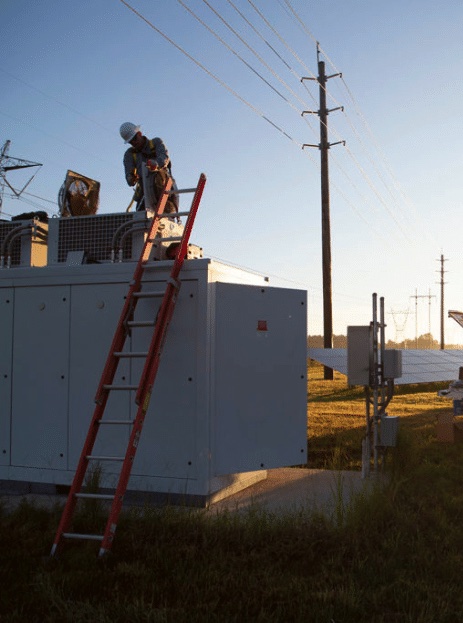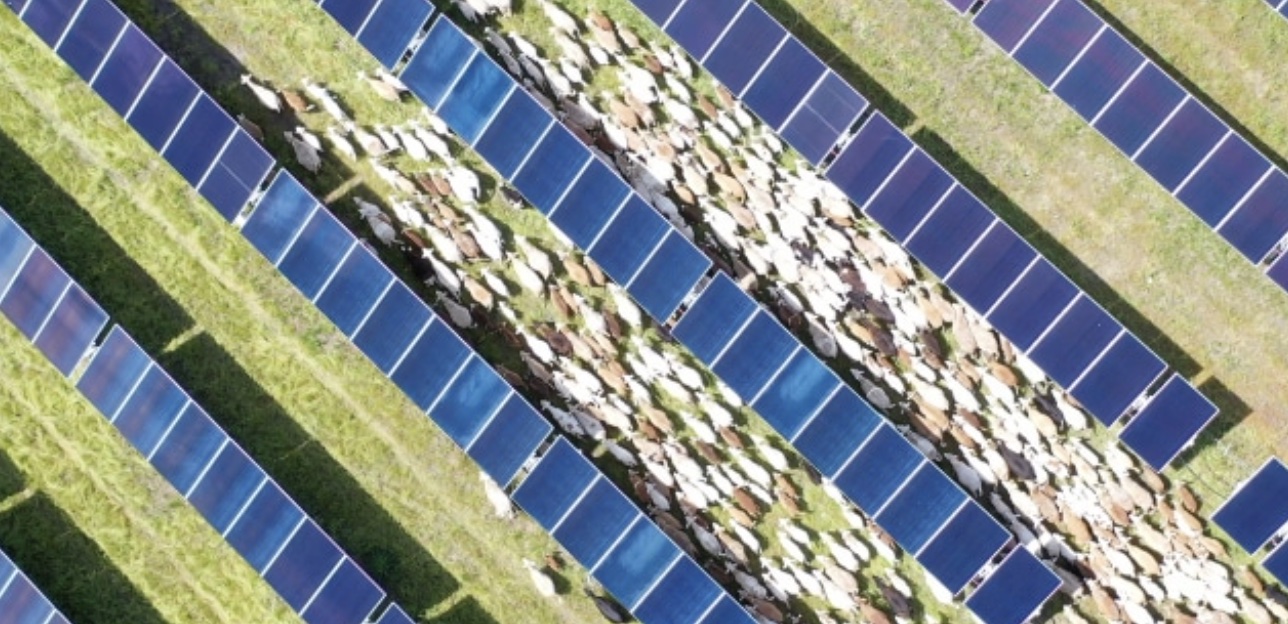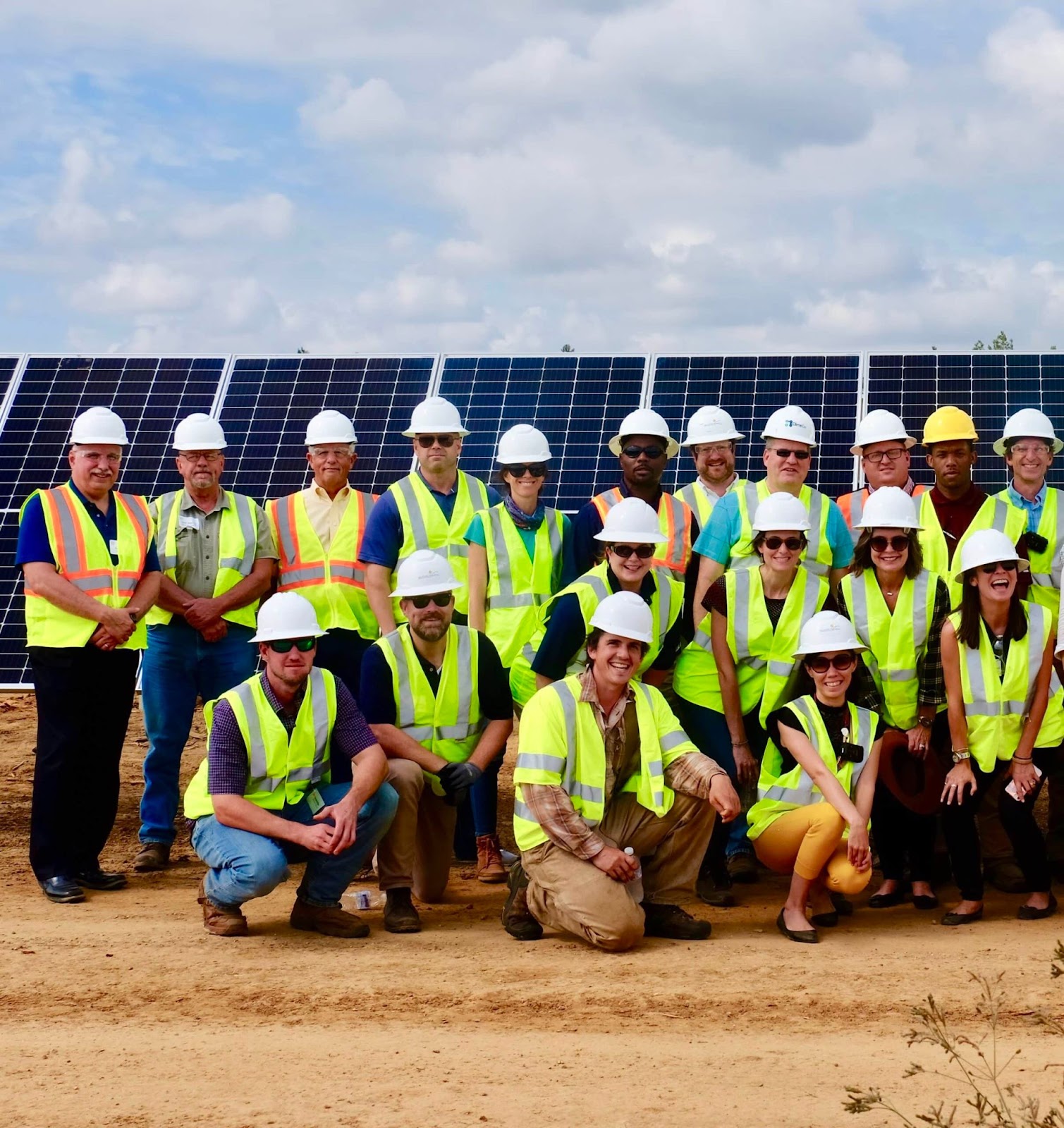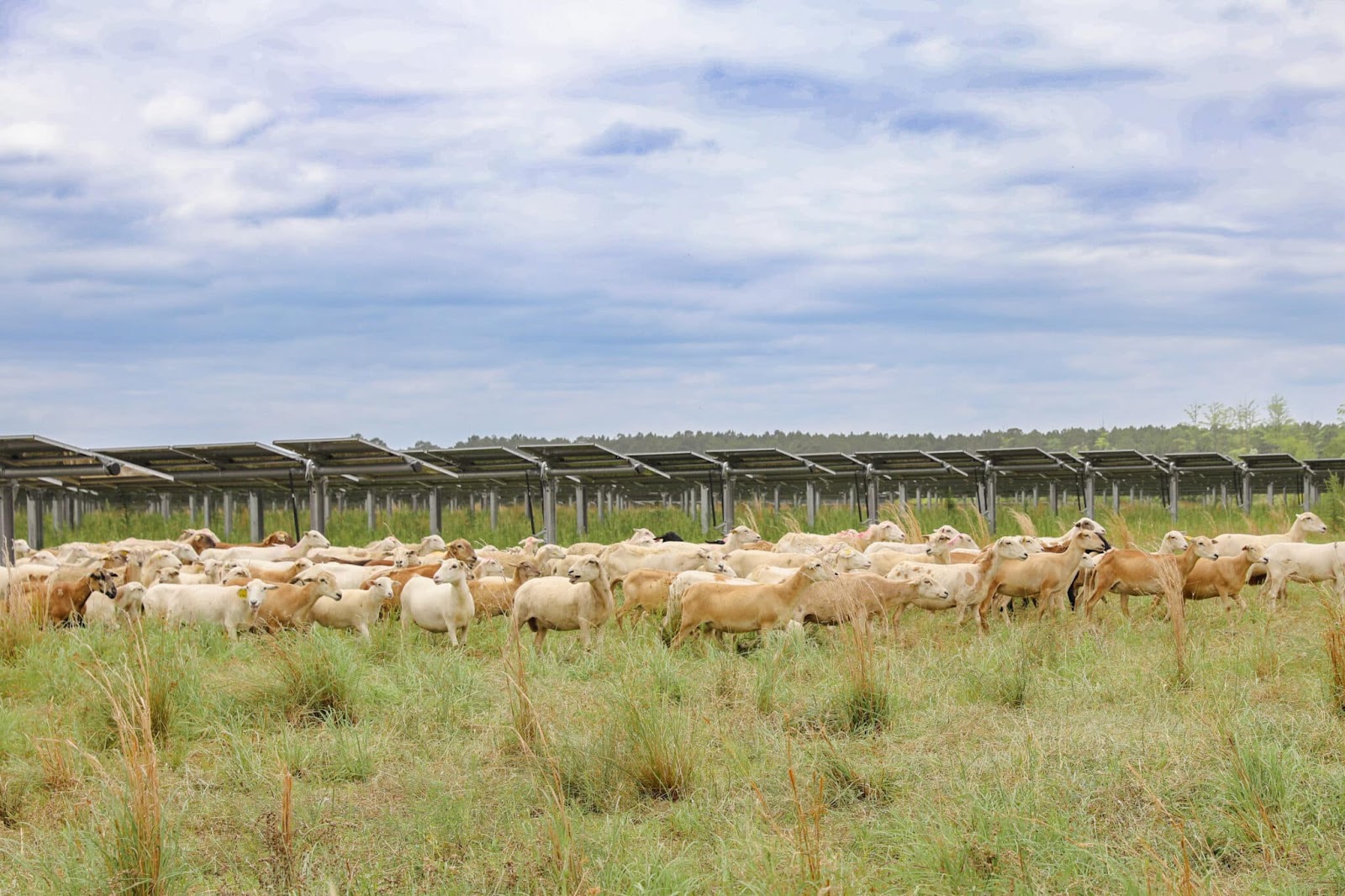Arizona ranks as the sunniest state in the country based on average annual sunlight, making it a prime location for solar energy. Power producers have responded by ramping up the state’s solar energy capacity. One of its recent initiatives — a 20-megawatt farm and battery storage project in Cochise County — was completed in October.
The McNeal Solar Farm project was developed through a partnership between Tennessee-based independent power producer Silicon Ranch and Arizona-based power distribution cooperative Sulphur Springs Valley Electric Co-operative (SSVEC). In addition to the solar farm, it includes an 80 megawatt-hour (MWh) battery energy storage system.

Photo Courtesy Silicon Ranch
According to an Oct. 9 press release, McNeal will help SSVEC meet the increasing power demands of more than 3,000 households it serves in southeastern Arizona.
SSVEC has been shifting from coal for its energy procurement toward alternative sources like natural gas, hydropower, and solar power.
As of late 2023, CleanTechnica reported Arizona had enough solar power installed to power a little more than 1 million homes. Based on 2021 data, the Grand Canyon State ranked fifth in the U.S. in solar capacity with 5,644 megawatts, according to the Modernize Home Services site. By comparison, No. 1 California had 34,590 MW, while No. 2 Texas had 13,845 MW.
Completion of the McNeal project represents a “significant step” toward a greener and more reliable source of electricity, the Power Technology website reported.
“The McNeal solar and battery storage project allows SSVEC to increase the amount of affordable, renewable energy for our members while supporting system reliability and promoting energy independence,” Jason Bowling, SSVEC CEO, said at a community ribbon-cutting ceremony.

Photo Courtesy Silicon Ranch
Through its work with Silicon Ranch, SSVEC has been able to expand its renewable energy portfolio “thoughtfully and responsibly,” the company said. By integrating 80 MWh of battery storage into the facility, SSVEC has more capacity to meet increasing load demand throughout the day and into the evening.
Silicon Ranch developed and funded the project and hired more than 140 workers to build the facility.
The company invested more than $70 million to install the McNeal Solar Farm and will be the long-term owner and operator.
“Our number one priority is to promote stronger, healthier, and more resilient communities through the work that we do, and this mission aligns perfectly with the ethos of America’s electric cooperatives,” Reagan Farr, co-founder and CEO of Silicon Ranch, said in a statement.
The battery chemistry of the McNeal Solar Farm project is lithium iron phosphate, Rob Hamilton, Silicon Ranch’s director of corporate communications, told CleanTechnica in an interview. One to three workers will be required to operate the new facility, which includes the interconnection infrastructure for the solar-plus-storage project.

Photo Courtesy Silicon Ranch
“These facilities interconnect the McNeal Solar Farm with the grid so that SSVEC can distribute the solar energy to homes and businesses across its system,” Hamilton said to CleanTechnica.
“By signing a power purchase agreement with Silicon Ranch, SSVEC has locked pricing for purchasing electricity from the McNeal solar project for the next 40 years, which will help keep prices stable,” he continued. “As a new power source, the McNeal project also adds more energy to the grid, increasing supply so that SSVEC is less likely to charge surplus pricing if demand increases.”

Photo Courtesy Silicon Ranch
Silicon Ranch, founded in 2011, has the largest utility-scale agrivoltaics portfolio in the country under Regenerative Energy, the company’s trademarked approach to project design, construction, and land management. The firm says its business “model incorporates regenerative ranching and other regenerative land management practices to restore livelihoods and soil health, biodiversity, and water quality.”





